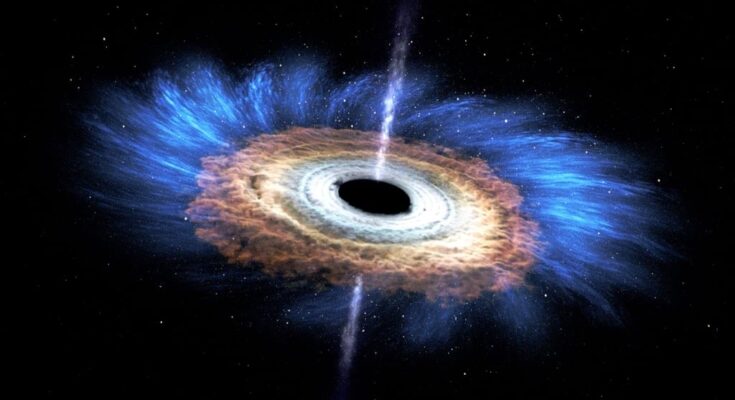Scientists all over the world are determined to identify new black holes in our universe, but this is by no means an easy task. That is why scientists from the Dutch Black Hole Consortium are asking ordinary people to look over images of possible black holes through an app called “Black Hole Finder.”
The app is available to download on both the Google Play Store and the Apple App Store and is available to use through a regular web browser such as Google Chrome.
BlackGEM telescopes in Chile collect the images presented to those who download the app, and the way they work is nothing short of fascinating. When the telescopes pick up a gravitational wave, they scan the sky for fading lights known as kilonovas.
But why do the telescopes look for fading lights? The answer is in Astrophysics. Black Holes are formed when two neutron stars merge and they release an incredible amount of energy that emits bright lights, lasting for up to a week.
It is crucial to find the most likely Black Hole candidates quickly
The fact that the lights are only visible for a week, at most, makes it imperative for app users to find the most likely black hole candidates quickly. For this project to be successful, however, it is also crucial for app users to understand what might spark “false positives,” meaning deceiving images that may look like they are of a black hole but are actually not.
Some causes of false positives are communication satellites and cosmic rays which might impact telescope detectors.

This is an example of what users are presented with in the app’s tutorial. They are images that show users false positives of black holes with the purpose of helping scientists differentiate between the two phenomena.
AI is used to help find false positives
The app uses AI to help users differentiate and filter the images of what might be a false positive black hole, but the app mainly relies on its human users to find them.
The project manager of Black Hole Finder, Steven Bloemen, told Space magazine that “people are much better at identifying patterns than our algorithms.” Bloemen also said that people who use the app are also helping in training their AI algorithms to differentiate between false positives and actual black holes.
The app was developed by Pocket Science for both iOS and Android. Users can even contribute to specific scientific publications, becoming co-authors.



